Wonjojip (원조집)
11.0Km 2023-12-22
20 Namsan-ro, Nam-gu, Ulsan
Wonjojip is a long-established gopchang (grilled beef or pork small intestines) restaurant in Ulsan. Their menu consists of assorted gopchang gui (grilled beef small intestines) and gopchang jeongol (small intestine hot pot). Wonjojip takes great pride in their gopchang dishes. Gopchang is beef or pork intestines that is usually stir-fried or pan-fried. It’s the same ingredient used for making sausages in European countries, but it’s a challenging food to some due to the distinct smell, taste, and appearance. Nevertheless, it is a popular food among Koreans and known as a stamina-booster for those who struggle with fatigue. Visitors who are not a fan of spicy foods are recommended to try the assorted gopchang gui, and those who like spicy stew are recommended to try gopchang jeongol. The restaurant also offers jeongol gopchang bokkeumbap, which is an after-meal fried rice for those who want more after their meal.
Ganwolsan Recreation Forest (간월산 자연휴양림)
11.1Km 2025-01-10
607-15 Deungeogalpeuseu-ro, Sangbuk-myeon, Ulju-gun, Ulsan
+82-52-263-6644
Ganwolsan Recreation Forest is situated northeast of Ganwolsan Mountain, often referred to as the Alps of Korea. This picturesque recreational forest boasts dense pine forests, royal azaleas, maple trees, and pristine valleys. Accommodation facilities within the woods, a campfire site, thirty forest experience courses, a water playground, a forest park, and a sports field enhance the visitor experience. Following the hiking trails leads to observatory, and there are excellent walking paths for forest bathing. Nearby, the picturesque Jakcheonjeonggyegok Valley, famous for its cherry blossoms lane, awaits exploration.
Ulsan Munsu Football Stadium (문수축구경기장)
11.3Km 2021-05-26
44, Munsu-ro, Nam-gu, Ulsan
+82-52-220-2002
Ulsan Munsu Football Stadium’s exterior design looks like a crane, which represents the bird of Ulsan. The design of the roof and the pillars represents the youth and dynamics of the city. Other representative symbols include a whale and big crown of the Silla dynasty.
Sinbulsan County Park (신불산군립공원)
11.4Km 2021-06-30
Sangbuk-myeon, Ulju-gun, Ulsan
+82-52-229-7882
Sinbulsan County Park is located in parts of the Sangbuk and Samnam districts of Ulju County. The massive area encompasses 11.66 square kilometers and is home to one of the most impressive peaks in the Yeongnam Mountain Range found in the southeast of Korea. The park’s hiking trails interconnect with those of neighboring Gangwolsan and Yeongchwisan Mountains and attract a large number of hikers year-round.
Near the peak of Silbulsan Mountain sits a fortress with breathtaking views of silver grass. Water starts high above the clouds at Danjobong Peak and trickles down through streams and waterfalls to join the deep mountain valleys. One of the better known attractions in Silbulsan Mountain is Hongnyupokpo Falls which offers impressive views from its gentle cliffs.
Also nearby the mountain are Deungeok Hot Springs and a number of restaurants for hikers to visit and enjoy after a full day on the mountain.
The Oriental Medicine Resort: Chorakdang (한방테마파크 초락당)
11.6Km 2025-01-07
44-34, Gyemyeong-ro, Ulju-gun, Ulsan
+82-52-264-8001
Opened in 2001, Chorakdang is a health resort that specializes in Oriental medicine treatments. The resort offers the perfect setting for rest, relaxation, and medical treatments. The traditional hanok buildings and natural surroundings intensify the health benefits of the resort.
Ganwolsan Mountain (간월산)
12.3Km 2021-06-30
614, Ganwolsan-gil, Ulju-gun, Ulsan
+82-52-277-0101
Ganwolsan Mountain is a popular destination for hikers in the Ulsan and Busan area as well as other regions of Gyeongsangnam-do. In early August, the reeds and lilies near the summit create a splendid view. To the west, the deep Naerijeong and Wangbonggol Valleys channel clean water to Baenaegol Pass.
From the Ganwolgogae Pass, hikers can follow the Singal Path to Wanbonggol Pass towards Paraeso Falls. There, visitors will find a cave called Jungnimgul, which is sacred Catholic ground often visited by the Catholic faithful. The first church built by Catholics in the Yeongnam region to escape persecution is found in Buldanggol Pass in Ganwolsan Mountain area. The tomb of Kim Agatha who died in persecution is also in the Ganwolgol Valley.
Taehwagang River (태화강)
12.3Km 2020-09-05
Mugeo-dong, Nam-gu, Ulsan
+82-52-120
Taehwagang River cuts across the city of Ulsan from the west to east and originates from Tapgolsaem Spring on Baegunsan Mountain. The 47.54-kilometer-long river passes through downtown Ulsan and empties out into Ulsan Bay on the East Sea. Not just a symbol of pride for the people of Ulsan, the river has long since been a precious commodity that has played a pivotal role in Ulsan culture and history. There are several attractions and amenities near the river such as a bamboo forest park, grassy fields, a pampas grass colony, trails, and exercise facilities. The river itself is home to many freshwater fish, while the riverside area is a famous habitat for migratory birds.
Seongnamsa Temple (석남사 울산)
12.4Km 2020-03-17
557, Seongnam-ro, Ulju-gun, Ulsan
+82-52-264-8900
The name of the temple is believed to have originated from the fact that it is located south of Gajisan Mountain or Seokansan Mountain. Built in 824 A.D. (during the 16th year of King Heondeok’s reign), the temple was destroyed during the Japanese Invasions of Korea (1592-1598) and rebuilt in 1674 (during the 15th year of King Hyeongjong’s reign). Since then, it has gone through rebuilding several times. Consisting of 30 buildings, the temple is home to many Buddhist nuns.
Seongnamsa Three Story Pagoda (Local Tangible Cultural Property No. 5) was built in 824 A.D. by Monk Doui, reflecting his wish of protecting the country from foreign invasions. The pagoda was initially placed in front of Daeungjeon, but moved to the current location in 1973. Other notable relics in the temple include the Statue of Monk Doui (National Treasure No. 369), Three Story Sarira Pagoda, and Stone Water Tank (Cultural Property Material No. 4).
Taehwagang National Garden (태화강 국가정원)
12.6Km 2024-11-28
154 Taehwaganggukgajeongwon-gil, Jung-gu, Ulsan
The Taehwagang River cuts across the heart of Ulsan and flows into Ulsan Bay, which is connected to the East Sea. The river basin, which stretches 36 kilometers from east to west and 28 kilometers from north to south, is mostly comprised of mountainous terrain, but there is fertile land on both sides of the river and at the southern end of the river. The river is presently an important source of drinking water for the citizens of Ulsan.
The field around the midpoint of Taehwagang River was left abandoned for a long time before it was founded as Taehwagang National Garden, preserving nature while providing a resting spot to the citizens of Ulsan. The garden is over twice the size of Yeouido Park in Seoul, and consists of natural water and a lush bamboo forest, known as Simnidae Forest, along with canola and forage barley fields. Simnidae Forest was once in danger of demolition as part of the government's flood control plans but remains preserved thanks to community efforts. Preservation efforts led to turning the area into Taehwagang National Garden of today, which was recognized as Korea's second national garden in 2019.
◎ Travel information to meet Hallyu’s charm - TV series"Death's Game"
This is the place that Yee-jae, reborn as his mother, visited to remember his mother by. There are six thematic gardens along the Taehwagang River, all beautiful in their own unique ways. The view created a strong contrast with Yee-jae’s sad expression, creating a memorably tragic scene.
Twelve Scenic Places of Ulsan City (울산 12경)
12.7Km 2024-02-20
Ulsan Metropolitan City
Twelve Scenic Places of Ulsan City encompass the stunning landscapes of Ulsan, showcasing the natural beauty and cultural richness of the region. These include the bamboo forest in Taehwagang Gardens, the majestic rock formations in Daewangam Park set against the backdrop of the azure sea, the four seasons of Gajisan Mountain, the silver grass field of Sinbulsan Mountain, the breathtaking sunrise at Cape Ganjeolgot, the ancient Petroglyphs of Bangudae Terrace and Cheonjeon-ri from the Neolithic era. Other scenic spots include the Gangdong and Jujeon Pebble Beach, Ulsan Grand Park, the captivating night view from the Ulsandaegyo Bridge Observatory, the charming Jangsaengpo Whale Culture Village, the serene Oegosan Onggi Village, and the picturesque Naewonam Valley in Daeunsan Mountain.
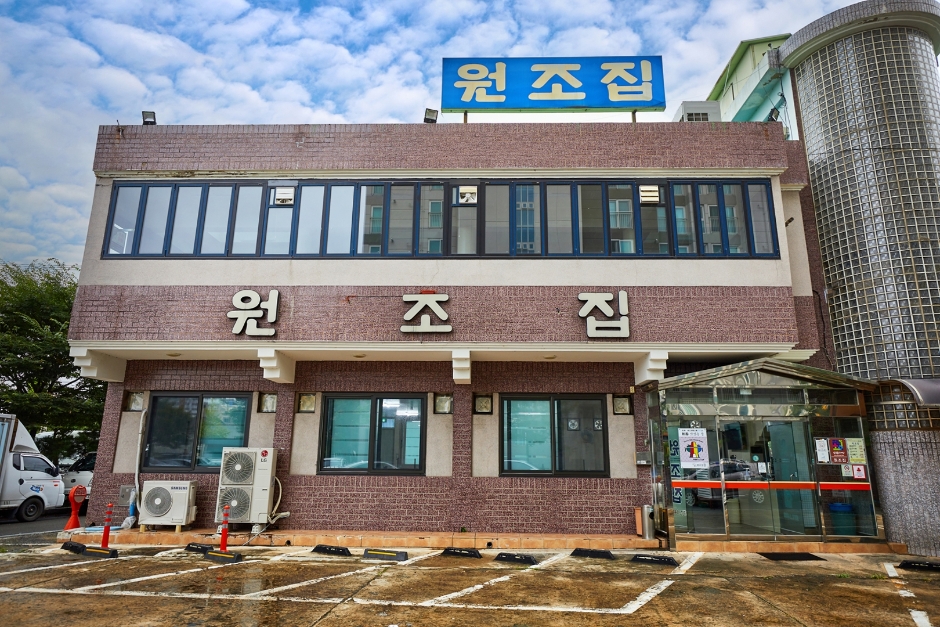
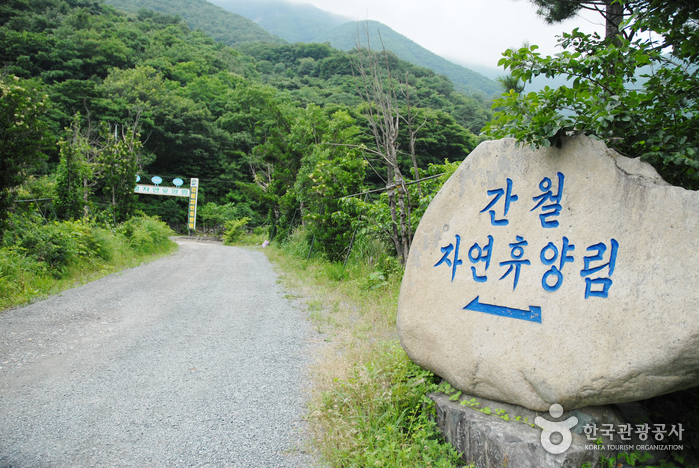
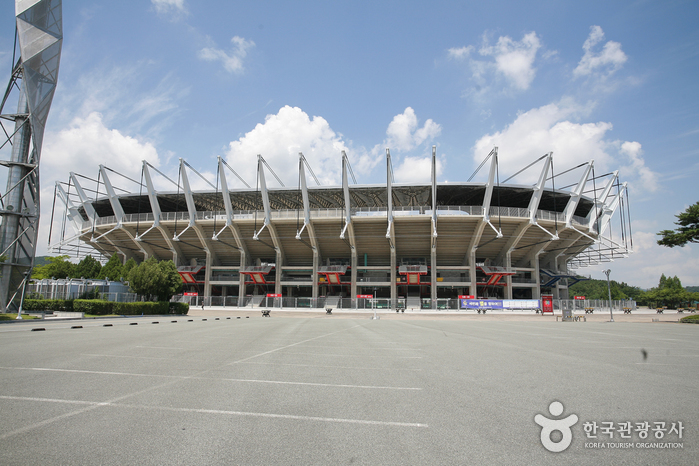
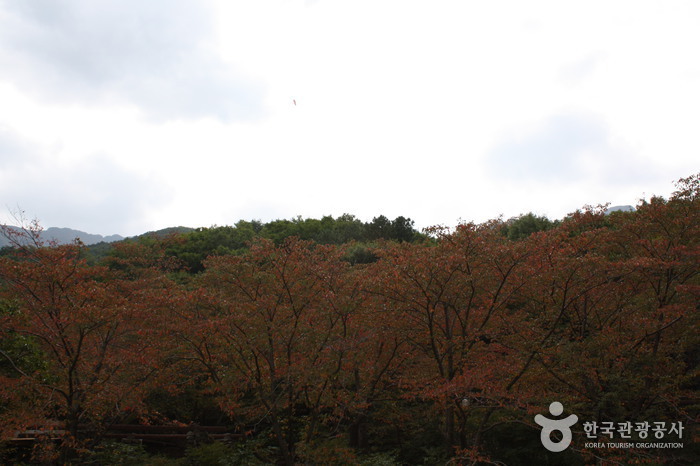
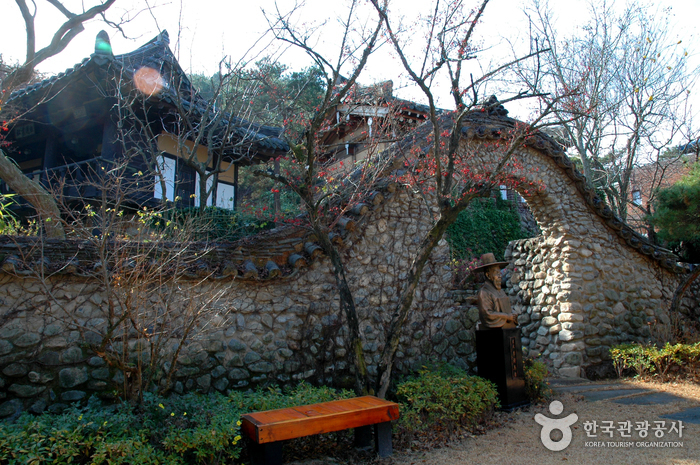
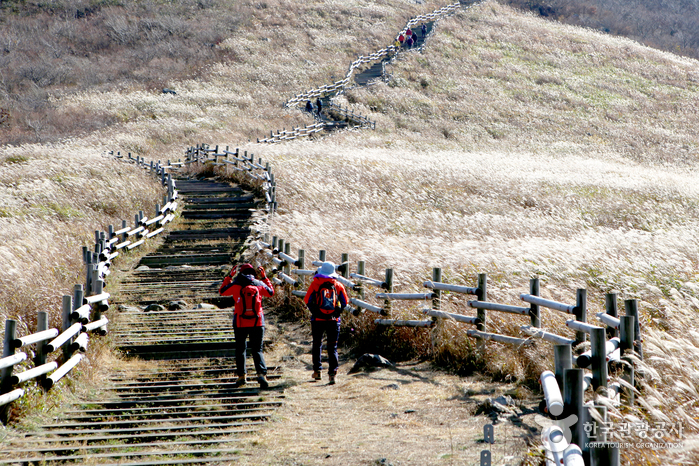
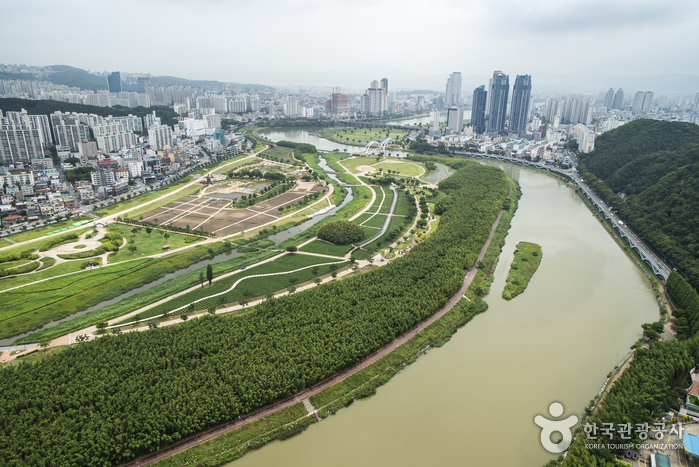
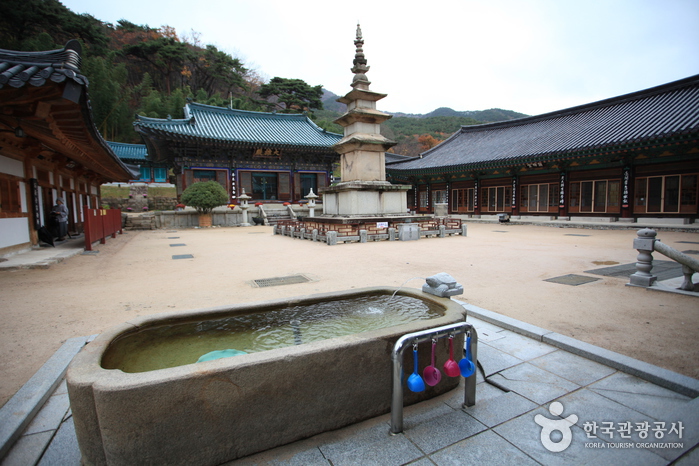
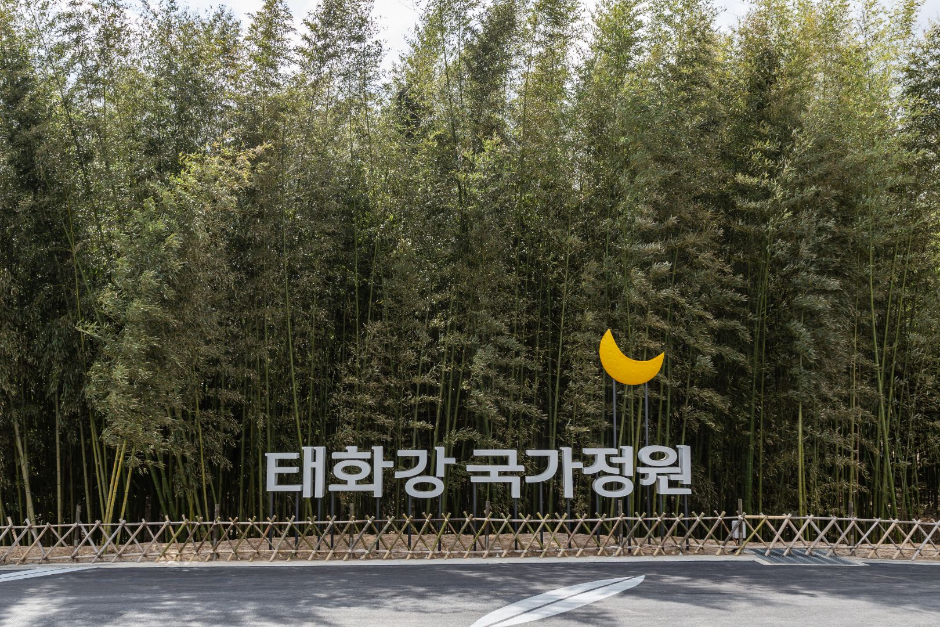
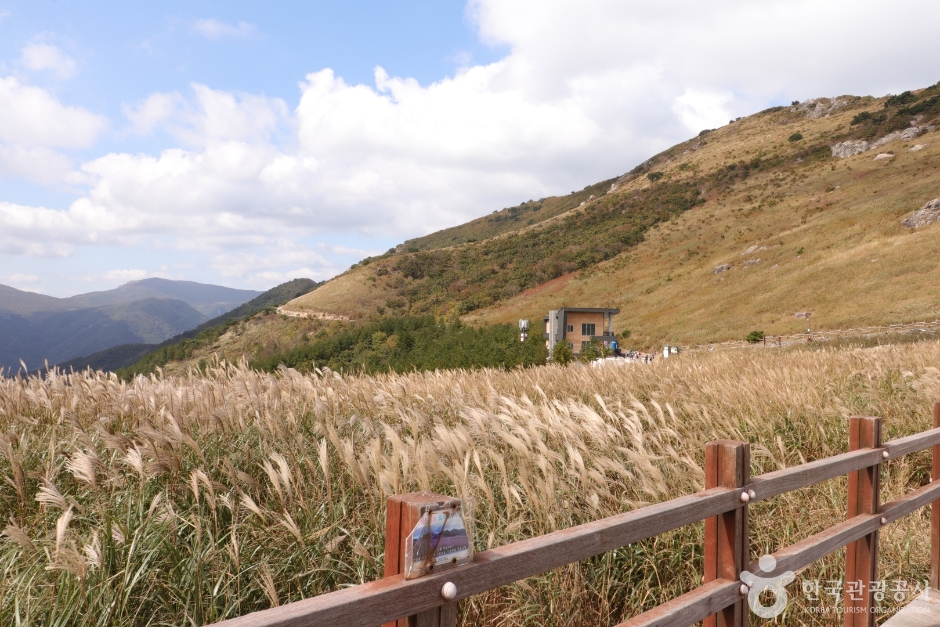
 English
English
 한국어
한국어 日本語
日本語 中文(简体)
中文(简体) Deutsch
Deutsch Français
Français Español
Español Русский
Русский